Helequip Helmic 3.1 Helmet Mic Review

Talk and ride motorcycles at the same time
In case you somehow haven’t noticed by now, Motorcycle.com has a separate YouTube channel – because sometimes (okay, most of the time) you’d rather see the motorcycles we ride in action rather than just read our words about them. Sometimes it can be even better if you can get our immediate thoughts about a motorcycle directly as we’re riding them. Of course, this means talking and riding at the same time (it’s harder than it sounds if you’re a MOron like us). The challenge is capturing good, clean audio with little to no wind noise. Bonus points if you can do it on the cheap. Say hello to the HelEquip HelMic 3.1. Since this is a microphone review after all, watch the video below to get my thoughts. Otherwise, feel free to read on.
First, a funny backstory: We discovered the HelMic 3.1 through a commenter on our YouTube page. He left a comment on one of our videos about the poor audio quality. Generally we’d brush aside the haters, but he went on to invite us to look at his page to hear the audio in his videos – and as much as it pains me to say it, the quality wasn’t half bad! And it was all done on the HelMic 3.1.
Once pride was put aside I got to know the man behind HelEquip. His name is Cody Payte, a motovlogger from Texas who put his love for riding and his skills with 3D printing (both of which are side hobbies he does after his regular 9-to-5) to good use to create the HelMic 3.1. As the name suggests, this is the third iteration of Payte’s design. Simply put, Payte designed a 3D case with a rounded face to conform to the shape of the chin bars on most helmets. Inside the 3D case lies the microphone components, sandwiched in a sea of foam. This third iteration is the result of fine-tuning both the case shape and the amount of foam; the goal is to block out sufficient wind noise while still being able to capture the user’s voice without it sounding muffled or as if you’re talking underwater. The process is still ongoing, but Payte is happy enough with version 3.1 to put it for sale on his site.
Of course, the HelMic isn’t perfect. A minor gripe is the case shape working better on helmets with more rounded chinbars, like Arais. Helmets with more acute chinbar angles, like some AGVs, are only able to capture the edges of the mic’s Velcro. But a big area I see for improvement is the fact the microphone uses a wire at all. In a perfect world, the microphone would connect wirelessly to the GoPro (or whatever action cam you use). I know this is an argument I need to take up with GoPro and not HelEquip, but the wish still remains.
All things considered, at a price of only $30, the HelMic 3.1 provides a lot of bang for your buck if you’re looking to try motovlogging for yourself. Plus you’re supporting small business. That’s gotta count for something, right? Visit the HelEquip website to see Payte’s full array of motovlogging accessories.

Troy's been riding motorcycles and writing about them since 2006, getting his start at Rider Magazine. From there, he moved to Sport Rider Magazine before finally landing at Motorcycle.com in 2011. A lifelong gearhead who didn't fully immerse himself in motorcycles until his teenage years, Troy's interests have always been in technology, performance, and going fast. Naturally, racing was the perfect avenue to combine all three. Troy has been racing nearly as long as he's been riding and has competed at the AMA national level. He's also won multiple club races throughout the country, culminating in a Utah Sport Bike Association championship in 2011. He has been invited as a guest instructor for the Yamaha Champions Riding School, and when he's not out riding, he's either wrenching on bikes or watching MotoGP.
More by Troy Siahaan



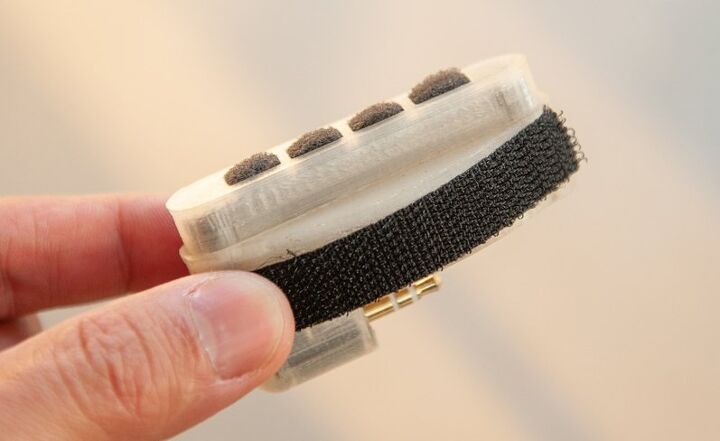
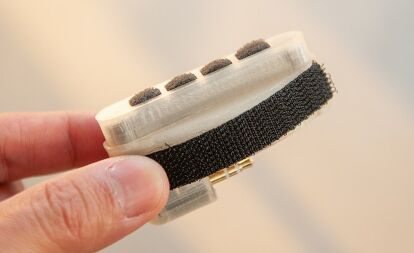


















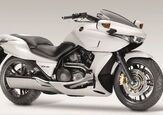
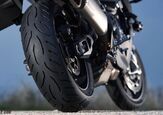



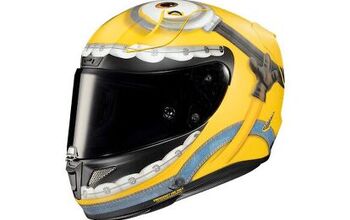








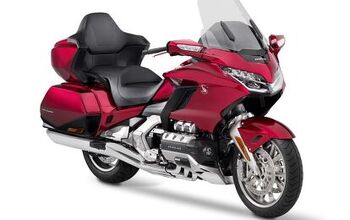

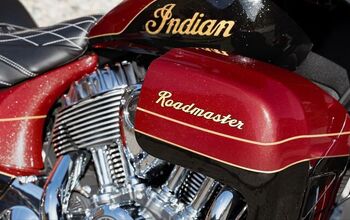






Comments
Join the conversation
Hey Troy. In ref. to your comment about videos. Keep up the great job of WRITTEN reports. Believe it or not I much prefer to read a report than listen/watch a video. I seem to get more of the questions I have about a motorcycle or gear answered from the written report. Also it is easier to flip back to check facts (for me, anyway). Yeah, the only sound I'd be making at 180mph would be a scream, assuming I could even do that.
Thanks for the review Troy! It's been a while since we last chatted about this, but since then, I've actually started developing a self-contained bluetooth version of the Helmic. Granted, you won't be able to use it with a GoPro as they don't have that feature (for reasons unknown), but the idea is that you can use your phone to record the audio and merge it into your video during editing. This won't be replacing the original analog version, but will simply be an addition to the Helequip product line. So future buyers will have the option of choosing either the analog or BT version.
I'd also like to point out that I'd eventually like to trim down the size a bit and have them injection molded. If I can do this affordably, my goal is to eventually be able to offer the analog version for $19.95 Which would not only make it the most universal and reliable helmet microphone, but also the most affordable. Each Helmic takes about 3 hours to print and assemble in it's current state. So after fees, shipping, and parts, I'm only making about $6.50 an hour to make them. With injection molding, that would cut assembly down to 15 min or so. Meaning I could sell them for less, and make more money on them per time spent during assembly. Just going to have to save my pennies or find an investor to make that happen. But i'll still be offering the 3D printed versions until that day comes!
Thanks again for the review! I can't tell you how excited I am to have one of the biggest names in motorcycling reviewing my products. You never could have convinced me that I would have made it as far as I have, when I designed the first prototype just over a year ago. Like most startups, I designed the first one for myself after deciding to start my own YouTube channel (#notagrom) (Always plug) and it just worked so well that I decided to build a website to sell them on, and here we are today!